/aeec8c51-33d3-4e3b-8660-ed51a541a7ce_1.png)
Work Training Checklist Template
Review Rating Score
How do you prepare a training checklist?
Before you head off to lead another work training session, consider this before making a your own checklist:- Set measurable goals.
- Determine which skills you intend to improve.
- Create an agenda.
- Pick the right location and time.
- Secure expert assistance.
- Organize necessary materials.
- Utilize efficient technology.
Below is provided a sample letter. You can download and use it after making changes per your requirements and criteria. We are not only providing you tips, but also a sample resignation letter that you can use after certain edits. Here is a sample letter for your guidance:
- Always wear approved protective eyewear (safety goggles, glasses with side shields) whenever you are at or near a hood.
- Always wear approved lab coats to protect yourself from unexpected spills, etc.
- Avoid direct contact with chemicals on your hands and skin.
- Wash hands immediately before or after leaving lab.
- If hazardous chemicals get on your clothing, remove contaminated clothing and wash affected areas of skin with copious amounts of water
- If any chemicals get on your skin, wash immediately with copious amounts of water then seek help from colleagues or supervisors.
- If chemicals get in your eyes, use eyewashes located at sinks to wash with copious amounts of water.
- I have identified the eyewash closest to by bench and it is working properly.
- Clean up chemical spills promptly and safely (particularly in communal work areas)
- I have located the chemical spill kit closest to my bench and have been instructed on proper use of each item, therein.
- Know the proper methods of disposal of waste solvents and chemicals
- I have been shown how to find Material Data Safety Sheets online.
- I know that I must attach a waste disposal content tag when any waste is first added to any waste container.
- Know the location of all safety equipment- first aid kit, chemical spill kit, safety showers, safety blanket, eyewash, fire extinguishers, and fire alarms
- I know the location of each item above closest to my workspace.
- Locate the MSDS of all reagents that you are going to use before setting up a reaction and seek advice from a senior graduate student or a post-doc for help for reactions you are setting up for the first time
- I understand that preventing and preparing for possible dangers for a given reaction is part of developing a procedure for a reaction.
- Unattended experiments are potentially dangerous. Avoid having solvent bottles near a high temperature reaction. Secure water tubing when using reflux apparatus to avoid floods.
- I understand that large amounts of solvents (i.e. any 4-liter bottles) should be stored under the hoods or in a safety cabinet unless being used.
- Be aware of the danger of fires when dealing with Bunsen burners seldom used, oil baths, volatile and flammable solvents, and water reactive chemicals.
- If a fire does occur but is small, try to use the appropriate extinguisher(normal or metal extinguisher). Otherwise, alert co-workers, leave the area, and if necessary, set off the fire alarm.
- Ignorance is the biggest danger in the laboratory. There is no harm in asking questions. Always seek help before doing anything new to you and even ask for direct supervision for the first time using an especially hazardous material (e.g. alky lithiums, reactive metals, Raney-Ni, boranes).
- Keep hoods uncluttered (no loose paper, gloves, minimize flasks, solvents, etc.) and clean.
- I will do biweekly complete wash downs of surfaces with soap and water into cup drains.
- When I am planning to do a reaction with or use 00ml of highly flammable solvent (e.g. diethyl ether, pentane, THF), I will alert lab mates.
- Avoid overnight heating and refluxing if possible.
- Tie back long hair and avoid wearing loose clothing.
- I understand the proper procedure for sharps and glass disposal. These should not be thrown in waste bins.
- I have seen the proper boxes to be used for glass disposal and understand that plaster of Paris must be used in a plastic container for sharps disposal.
- Don’t throw any chemicals down the sink but rather wash glassware into a waste bottle in your hood. Waste bottles should have Eco-funnels attached to minimize escape of solvent fumes and when not in use, should be kept closed.
- I have been properly trained in Work Area Specific Training.
- I agree to abide by these guidelines to the best of my ability.
- Further, I agree to always to ask before doing anything that I think has the potential for harm or danger and alerting lab mates in close proximity about what I am doing.
Download this work service job application letter for free from our website. Make some changes to the document available in Microsoft Word format. If you like this letter, please give us a big thumbs up. Your valuable feedback matters a lot to us. Head towards our website for some useful content.
Is the template content above helpful?
Thanks for letting us know!
Reviews
Sheldon Griffin(8/11/2022) - NZL
Not disapointing, I am glad to find this page
Last modified
Our Latest Blog
- The Importance of Vehicle Inspections in Rent-to-Own Car Agreements
- Setting Up Your E-mail Marketing for Your Business: The Blueprint to Skyrocketing Engagement and Sales
- The Power of Document Templates: Enhancing Efficiency and Streamlining Workflows
- Writing a Great Resume: Tips from a Professional Resume Writer
Template Tags
- training checklist template
- training checklist template word
- training plan for employees
- excel training checklist
Need help?
We are standing by to assist you. Please keep in mind we are not licensed attorneys and cannot address any legal related questions.
-
Chat
Online - Email
Send a message
You May Also Like
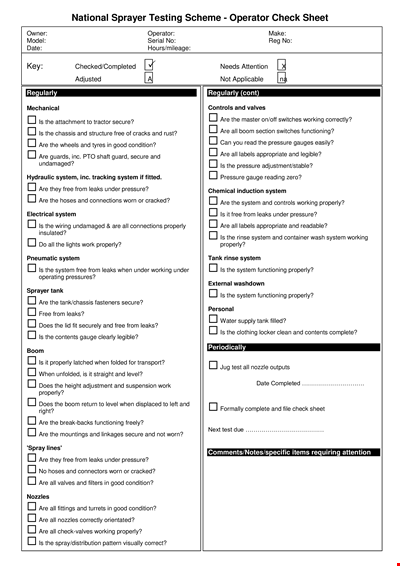
Nsts Operator Check Sheet Template
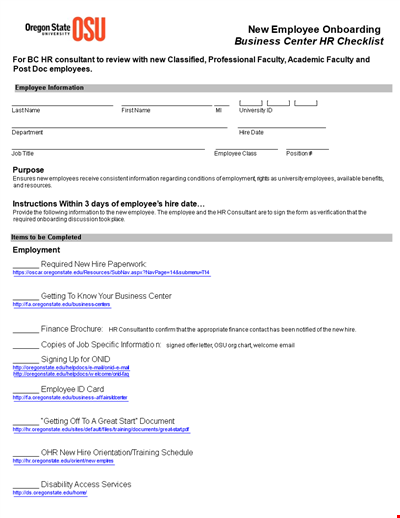
Sample New Employee Onboarding Business Center Hr Checklist
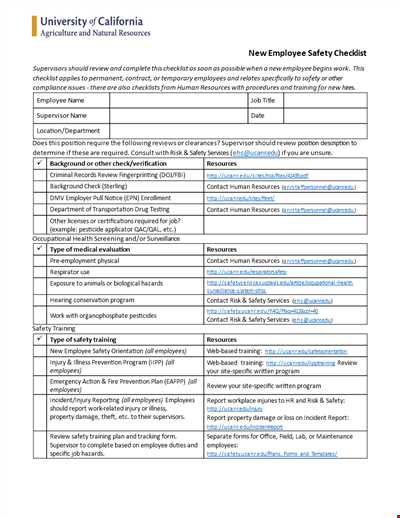
New Employee Safety Checklist Template - Comprehensive Safety Training | UCANR
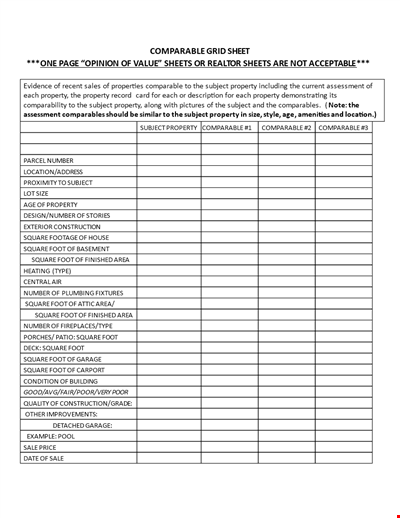
Home Sales Comparable Grid Sheet Template
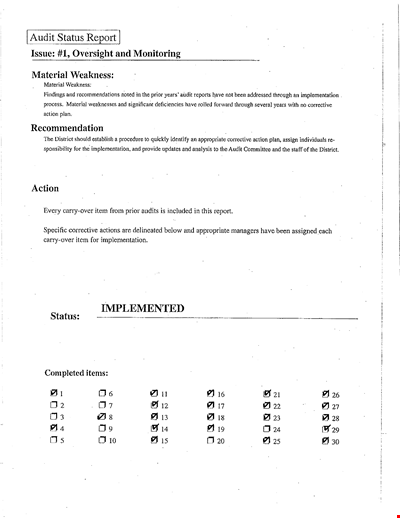
Check the Status of Your Audit with Our Sample Audit Status Template
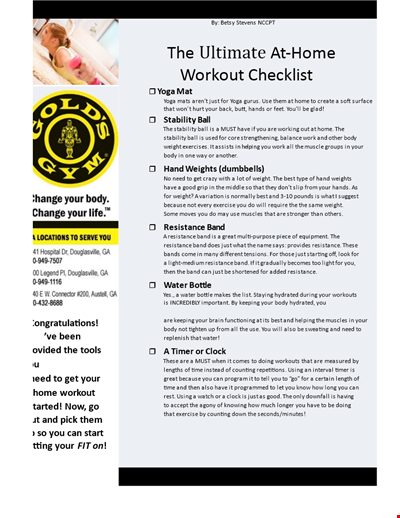
Home Workout Checklist Template
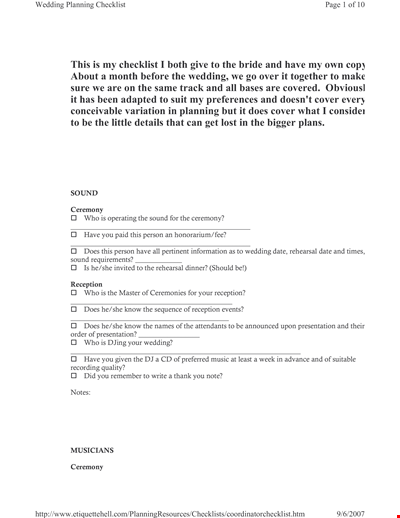
Wedding Day Coordinator Checklist
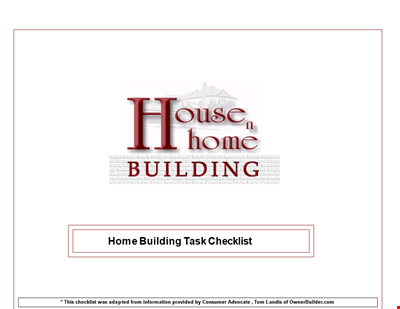
House Construction To-Do List Template | Easily Manage Tasks and Assignments
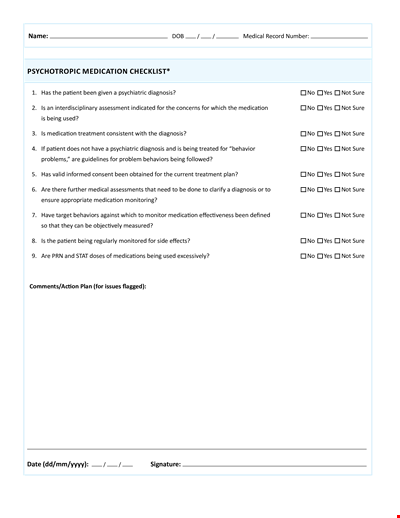
Psychotropic Medication Checklist for Diagnosis and Medications
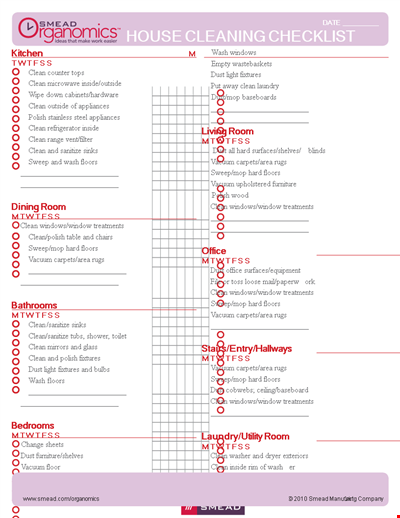
Printable House Cleaning Checklist | Free PDF Format - Clean Floors, Sweep

Project Items Checklist Template for Efficient Project Management and Inspection
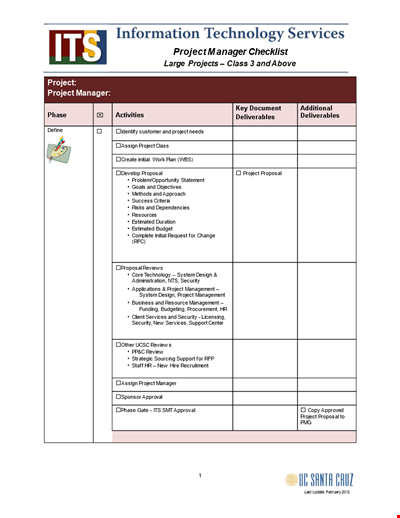
Download IT Project Manager Checklist Template - Simplify Project Management & Budget
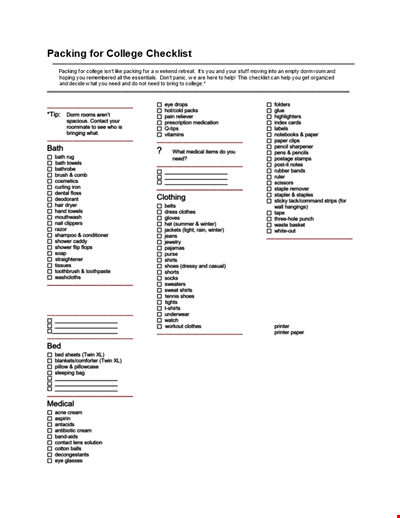
College Packing Checklist: What to Bring for a Successful College Adventure
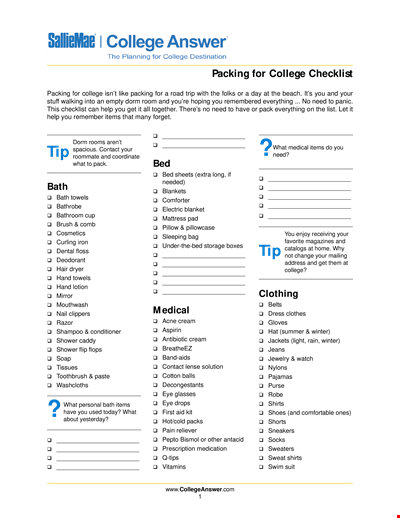
Ultimate College Packing Checklist: Essential Items for College Students
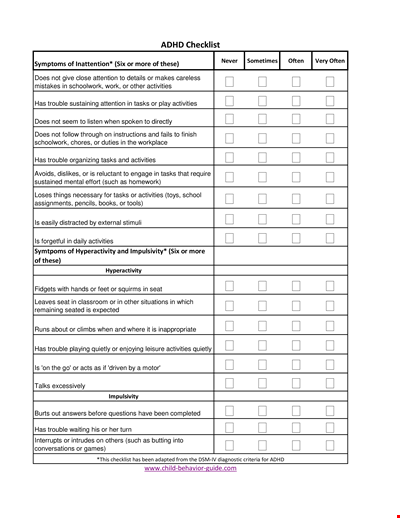
Checklist for Child Aggressive Behavior: Activities, Tasks & Troubles
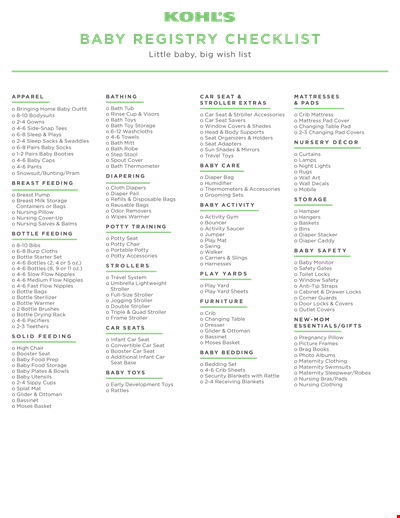
New Baby Registry Checklist: Must-Have Items for Your Baby, Including Bottles and Strollers